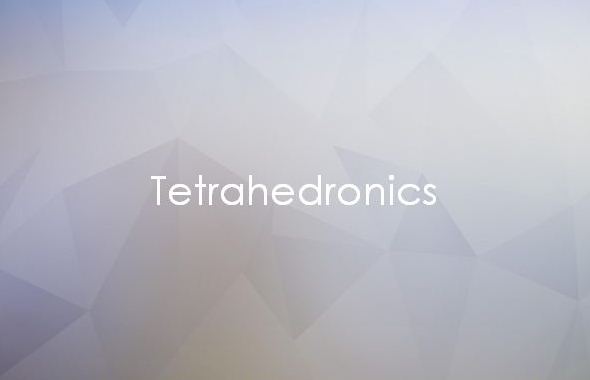If you have a computer, you have a filing system – whether you know it or not.
If you’re a “spatial” person, you may keep many of your files on your Desktop – not the top of your desk, but the “homescreen” on your computer – remembering where they’re placed, so that you can retrieve them quickly. If you’re this type of person, you may also be a “piler,” stacking papers, correspondence, mail, etc., on your physical desktop. You may also consider that filing cabinet in the corner of the room more of an archival space, or even a trash container,” rather than a place to store “current” files.
If you do like to file things away in folders, however, you might file items by subject, and then “nest” folders within folders to further organize your materials. Then, you may put the most recent item on top, or, you may put the most recent item in the back of the file, so that a chronological record can be built.
Still another way to file is to track items by year, and keep a complete record of the same folders within the “year” folder. Although this may seem a little out of the ordinary, the fact is that is still exists. It’s a third way of filing.
And there are always at least three elements to any functional system.
It’s kind of like eating corn on the cob. One way to eat it is vertically, rolling the cob until all the kernels have been consumed before shifting to the next section of kernels and repeating the rolling movement. The other way is to eat several rows of kernels horizontally, and then roll the cob to the next section of kernels and repeat the process. Of course, there are variations that involve directions and combing the two methods, but there is a third – random bites. Yes, it’s not a common method, but it does exist.
So what does this have to do with memory?
I was watching an episode of Castle, where a murder suspect developed amnesia. The psychologist had said there were three types of memory that could be affected:
1) Semantic, which deals with facts, meanings, concepts, and knowledge about the external world;
2) Episodic, which deals with experiences and events, including emotional changes that surrounded the experiences and events, as well as the contextual settings where they took place; and
3) Procedural, which involves unconscious memory of skills, like playing guitar, riding a bike, or writing one’s signature.
The suspect couldn’t remember his name or where he lived, and couldn’t remember that he was divorced. However, he could still sign his name.
Of course, that got me thinking. If there are three types of memory affected by amnesia, what other types of memory are there?
Some research showed that these are all segments of Long-Term Memory, with Episodic and Semantic Memory being parts of Declarative Memory, which deals with knowing “what,” while Procedural Memory deals with knowing “how.” There is also Short-Term Memory, which deals with current memories, and is thought to last less than a minute, while Sensory Memory, the first input of information that comes through our senses, lasts less than a second.
Since the majority of time-based memory, then, is considered to be Long-Term Memory, I wondered if there were two more types of Long-Term Memory, because it takes five elements to create a complete system.
Some recent research has posited there are two types of memory which points to where content is stored: Retrospective Memory, which encompasses all the types of memory in the past as specified above, and Prospective Memory, which can be described as “Remembering to Remember,” possibly through mnemonic devices, or, if you’re like my wife and me, it’s us telling the kids, “Remind me to include paper towels on the shopping list” (but Alexa does that now). It’s role is to prepare the Long-Term Memory to accept something that may soon be in short-term memory. Therefore, Prospective Memory could be considered to be the 4th type of Long-Term Memory, while Retrospective Memory deals with Episodic, Semantic and Procedural Memory.
Since all complete systems have a 5th element, perhaps there is an “archetypal” memory that may be part of our limbic (or primitive) brain that draws on unconscious instincts, and speaks to “why” we do things. It’s in line with the 5th element of any system, in that it’s usually very difficult to find. However, once it’s found, the system begins to make sense.
Think of it this way. There are examples of people who have run into burning buildings to try to save someone trapped in the blaze. There are also examples of words that have been spoken in certain situations that are out of character for the person that uttered them.
If someone can ask the question, “Where did that come from?” and it’s not a part of the episodic, semantic, procedural or prospective types of Long-Term Memory, then it makes sense that it may be “archetypal,” since the follow-up question to the action could be, “Wow – why would you say (or do) something like that?”
If the person doesn’t know why they did what they did or said what they said, it makes sense that this fifth element needs to be explored. Doing so may provide some interesting findings
Does such behavior come from an archetypal Long-Term Memory that’s based on what our ancestors would have done, and such knowledge resides in our primitive brain, hidden from cognitive reality? Or, perhaps, could it be based on a connection with the divine? Even Scripture says, “Do not be anxious how you are to speak or what you are to say, for what you are to say will be given to you in that hour” (Mt 10:19).
If we don’t know where such knowledge comes from, it proves there’s always more thinking about thinking that needs to take place.
© Michael V. Ziemski, SchoolAdvancement, 2012-2023

